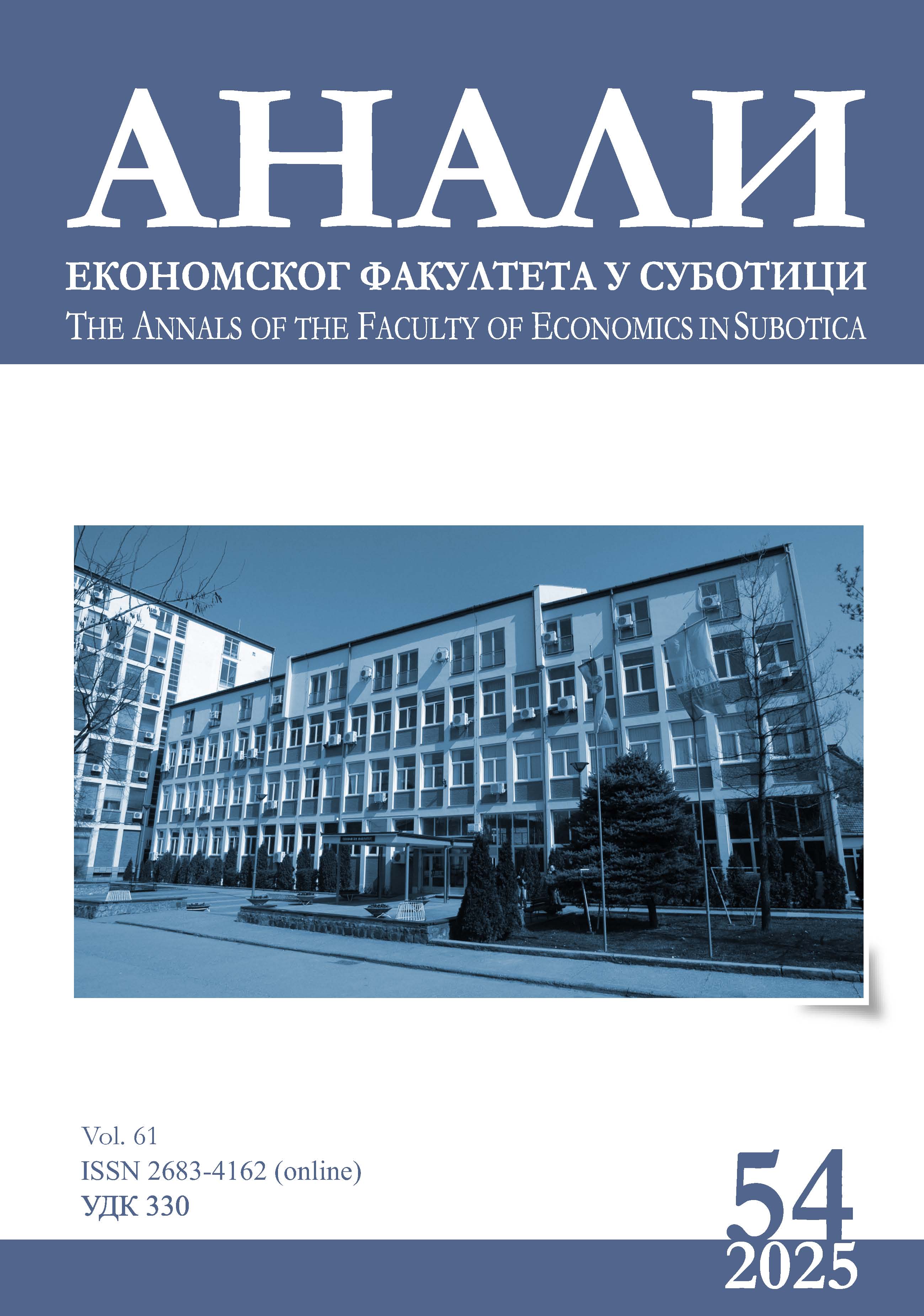Low-Code/No-Code Software Development: Definition, Drivers, and Inhibitors
Abstract
Purpose: LowCode NoCode represents software development by end users who have little to no IT background. The goal of the work is to define this concept, as well as identify the drivers on one side and the limitations, challenges, and inhibitors on the other.
Мethodology: In order to answer the previously posed research questions, a systematic literature review was conducted. The systematic review of the literature included three main steps: planning the review, conducting the review, and writing the report.
Findings: The paper presents various definitions of the LowCode/NoCode concept, as well as one general definition. It then lists the key drivers that lead to the increasing use of this concept in organizations. After that, the limitations, challenges, and inhibitors of LowCode/NoCode software development are presented.
Originality/value: The paper provides a clear and systematic review of the LowCode/NoCode concept in relation to three dimensions (definition, drivers, and limitations/challenges/inhibitors).
Practical implications - The results presented in the paper can be useful for both IT departments and other departments as a starting point for defining and managing LowCode/NoCode practices within an organization.
Limitations: The systematic literature review included papers published in two citation databases and in English. Future research directions would focus on the empirical validation of specific drivers and limitations, challenges, and inhibitors from both business and IT users' perspectives.
Copyright (c) 2025 Anali Ekonomskog fakulteta u Subotici

This work is licensed under a Creative Commons Attribution 4.0 International License.







